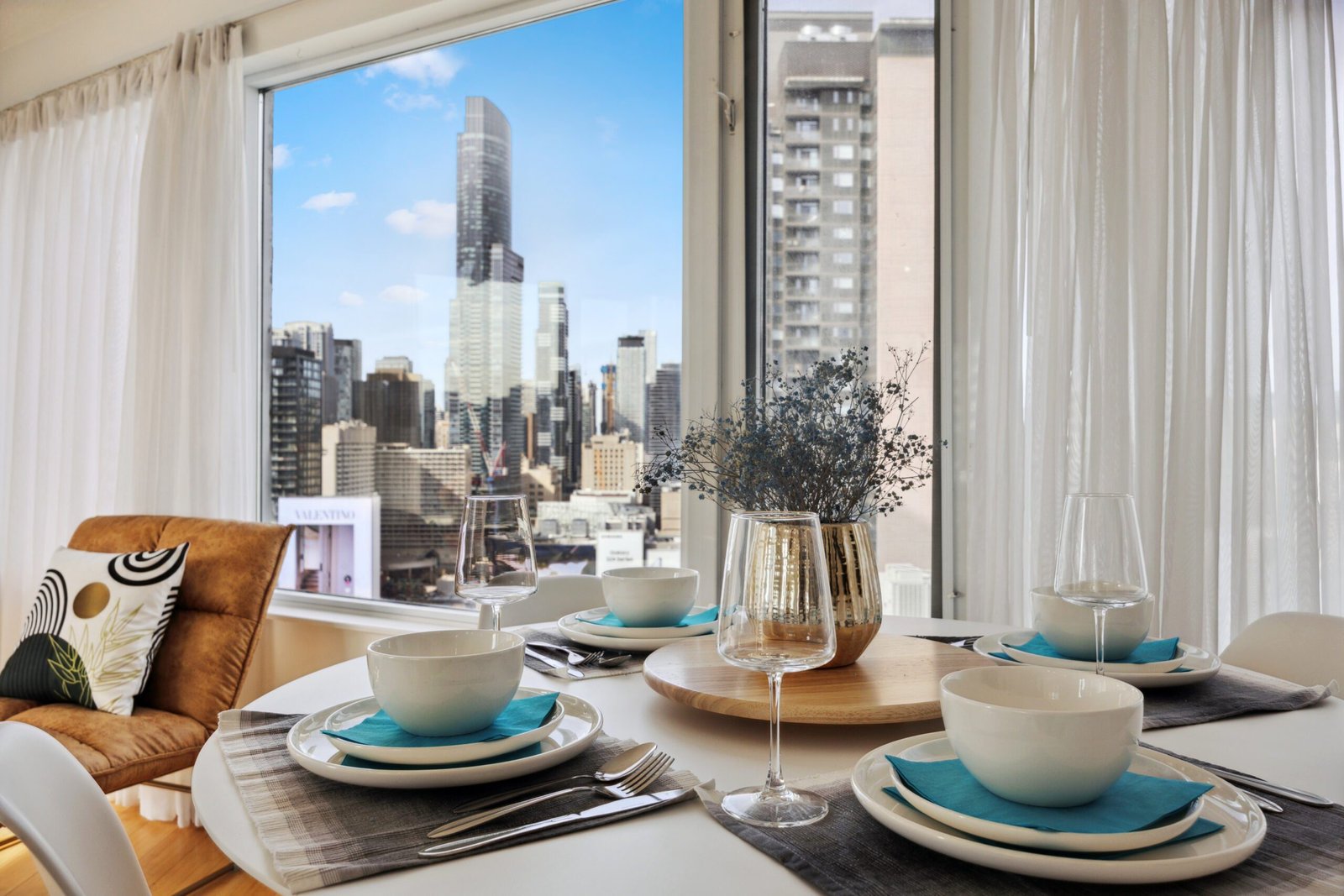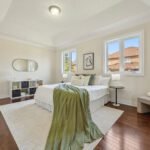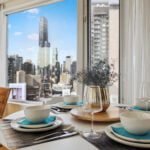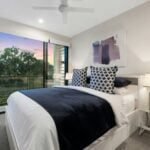1. Purpose and Audience:
- Real Estate Photography:
- Purpose: The primary aim of Real Estate Photography is to sell or rent properties. Photographs need to showcase the property’s best features to attract potential buyers or renters.
- Audience: Real estate agents, potential buyers, and investors. These audiences are interested in the property’s layout, condition, and potential value.
- Airbnb Photography:
- Purpose: The goal of Airbnb Photography is to entice travelers to book short-term stays. The focus is on creating an inviting and appealing environment that highlights the experience of staying at the property.
- Audience: Travelers and vacationers looking for a temporary place to stay. These audiences are interested in the ambiance, comfort, and unique features of the property.
2. Style and Composition:
- Real Estate Photography:
- Style: Generally straightforward, emphasizing wide-angle shots to capture the full extent of rooms and spaces. The style is clean and neutral to appeal to a broad audience.
- Composition: Focuses on showing the property’s structure, such as room sizes, layouts, and architectural details. Exterior shots and neighborhood views are also important.
- Airbnb Photography:
- Style: More lifestyle-oriented, aiming to create a cozy and welcoming atmosphere. The style often includes elements that suggest a lived-in, comfortable space.
- Composition: Highlights the amenities and unique features of the property, such as cozy nooks, well-decorated interiors, and local flavor. Detail shots of items like coffee machines, art, and bedding can be used to evoke a sense of place.
3. Lighting and Staging:
- Real Estate Photography:
- Lighting: Utilizes natural light as much as possible, supplemented by artificial lighting to ensure the property is well-lit and every detail is visible. The goal is to create bright, evenly lit images.
- Staging: Properties are often staged to look neat and decluttered, with minimal personal items, to help potential buyers envision the space as their own.
- Airbnb Photography:
- Lighting: Often uses warmer, softer lighting to create a homely, inviting atmosphere. Natural light is still important, but the emphasis is on creating a mood.
- Staging: Spaces are staged to look cozy and lived-in, with personal touches and decorations that reflect the local culture or the property’s unique character.
4. Editing and Post-Processing:
- Real Estate Photography:
- Editing: Focuses on clarity and accuracy. Colors are corrected to be true to life, and the overall image is enhanced to look clean and polished without altering the reality of the space.
- Post-Processing: Involves correcting lens distortions, adjusting brightness and contrast, and ensuring straight lines and correct perspectives.
- Airbnb Photography:
- Editing: May include more creative adjustments to enhance the ambiance. Colors might be slightly enhanced to make the space look warmer and more inviting.
- Post-Processing: Includes similar corrections for lens distortion and perspective but might also emphasize mood-enhancing edits like increased warmth or slight vignette effects.
Conclusion: While both real estate and Airbnb photography aim to showcase properties effectively, their approaches differ significantly due to their distinct purposes and audiences. Real estate photography focuses on presenting the property in a clear, comprehensive manner to attract buyers and renters by highlighting its structure and potential. In contrast, Airbnb photography aims to create an inviting and appealing environment that attracts travelers by emphasizing the experience and unique features of the stay. Understanding these differences is crucial for photographers to effectively meet the needs of their clients and appeal to their intended audiences.
